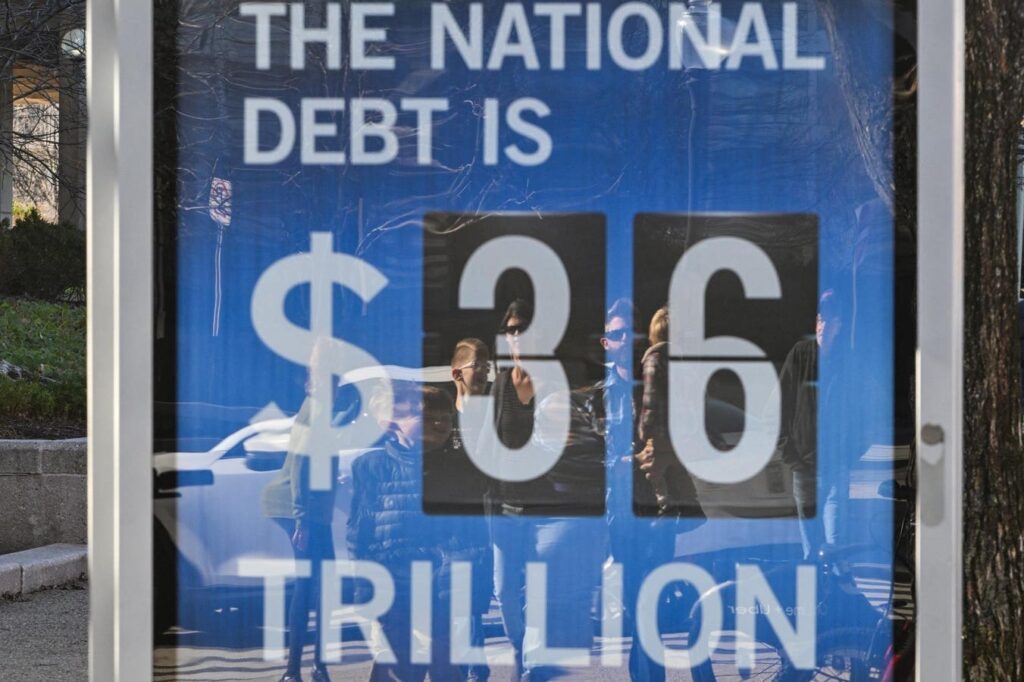The current congressional budget process reportedly is reaching back to a 2017 playbook to provide cover for irresponsible spending. It involves pretending that a desired course of action will magically result in high economic growth. A view to history shows this is most unlikely to happen.
The Peter G. Peterson Foundation (PGPF), an economically conservative organization focused on long-term government fiscal stability, pointed out the most current example. To pass the economic agenda of the Donald Trump administration, Republicans in the Senate plan to use the budget reconciliation process.
Reconciliation is a narrow type of action that is only allowed to deal with spending, revenue, or the federal debt limit. The Senate gets one chance at a reconciliation bill for each of these in any given year. The so-called Byrd Rule prohibits an increase of federal debt over a 10-year period or from a change to Social Security. Critically, the reconciliation process only needs a simple majority to pass the bill. No filibuster is allowed, so the majority party can usually have its way.
The theoretical 10-year period without an increase in federal debt is difficult to meet, especially when the intent is to increase net expenditures. Without significant defections on a vote, the party in power will have its way. However, it still must show the bill will not increase the debt. Assumptions can make or break the argument.
In 2017, the Trump administration in its budget used unrealistic economic projections. Although this wasn’t the case of a reconciliation bill, the mechanism was similar. From 2017 to 2027 — another 10-year period — year-over-year gross domestic product (GDP) was supposed to range from 4.1% to 9.2%, except for 2024, when it was supposed to drop to 1.1%.
It was part of their argument that major tax cuts would pay for themselves. They didn’t and the result was trillions of dollars of additional debt.
The Senate GOP sentiments are not so high, but they are high enough. This graph from the U.S. Bureau of Economic Analysis shows GDP growth over a long period.
Except for 2021, which showed high growth given the depressed economic baseline of the pandemic, the last time the U.S. saw GDP growth over 3% was in 2005 in the overheated runup to the Great Recession. There were periods of higher growth before but under significantly different conditions.
As PGPF noted, 3% GDP growth has happened only four times in the last 25 years and higher growth typically happened after recessions, not during stable economic times, so this seems historically unlikely.
Also, the organization wrote, “No current nonpartisan forecast assumes anything close to 3 percent growth over the next decade.” That includes projections from the Federal Reserve, the Congressional Budget Office, and “the consensus of the country’s top economic forecasters.” Most think the average over the next decade will be under 2%. The most bullish expect 2.2% growth on average.
The “overly rosy” projections, as the organization called them, would help clear the path for extended tax cuts by artificially reducing projected deficits by $2 trillion through 2034, PGPF wrote. This is bad for consumers, particularly the economically disadvantaged of the country, which, depending on how you count, is a majority.
Read the full article here


